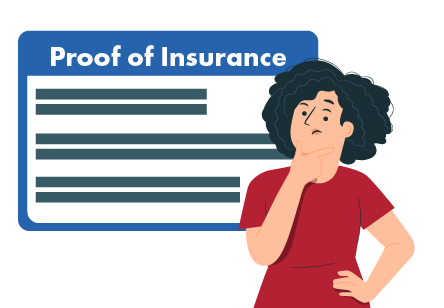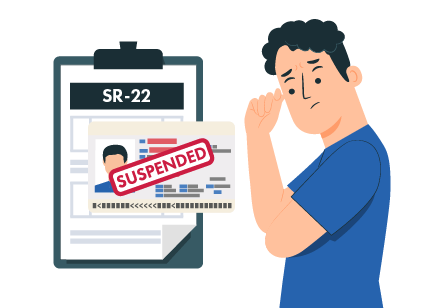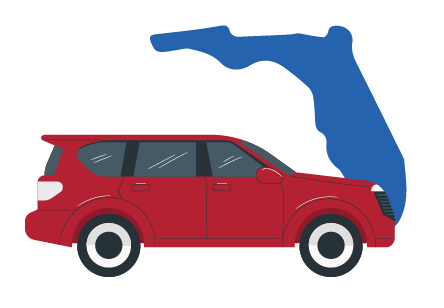Insurance Learning Center

What is a Proof of Insurance Card and When Do You Need it?
Learn why a proof of insurance card is essential for legal compliance, avoiding fines and filing claims. Auto insurance laws, digital vs paper proof and what happens if you’re caught without one.
Read more
Do you Need an SR-22 to Reinstate a Suspended Drivers License?
Do I need an SR-22 to reinstate my suspended driver’s license? Learn everything about SR-22 requirements, state rules, and how to file fast. Get back on the road, request your free quote today!
Read more
Are Older Cars Cheaper to Insure?
Find out what affects insurance costs for older cars, including depreciation, repair costs and safety features. Get expert advice to help you save. Request a quote today and get the best rates for your car!
Read more
What Happens If You Are At Fault In A Car Accident?
Learn about situations where you’re at-fault in a car accident. Our at-fault accident guide covers legal consequences, insurance claims and tips for dealing with damages and injuries responsibly.
Read more
Does Car Insurance Cover Theft and Stolen Cars?
Read our simple guide to how car insurance covers you in case of theft or stolen vehicles. This article explains what your policy covers, key terms you should know and steps you can take to protect your investment. Essential reading for car owners looking for straight talk on auto insurance and theft protection.
Read more
The Best Car Insurance Commercials
Watch the most memorable, creative and effective car insurance ads and learn what makes them tick.
Read more
How Much Does it Cost to Repair or Replace a Bumper?
Wondering How Much Does it Cost to Repair or Replace a Bumper? Learn how much you can expect to pay at an auto body shop for bumper repair and bumper replacement costs. Read our bumper repair and replacement costs guide today!
Read more
Does Roadside Assistance Count as a Claim?
Find out if roadside assistance counts as a claim and how it affects your insurance premiums. Our comprehensive guide explains how to use roadside assistance and tips to help you make informed decisions about your car insurance.
Read more
Tennessee Auto Insurance Requirements
Understand Tennessee auto insurance requirements (25/50/25 liability). Avoid being underinsured. Get the facts and get a free car insurance quote online today.
Read more
Florida Auto Insurance Requirements
Get the minimum 10K PIP and 10K PDL coverage you need to drive legally. Ready to compare rates? Get your free online quote now!
Read more
